Sedation Dentistry - Catoosa, OK
Sedation Dentistry
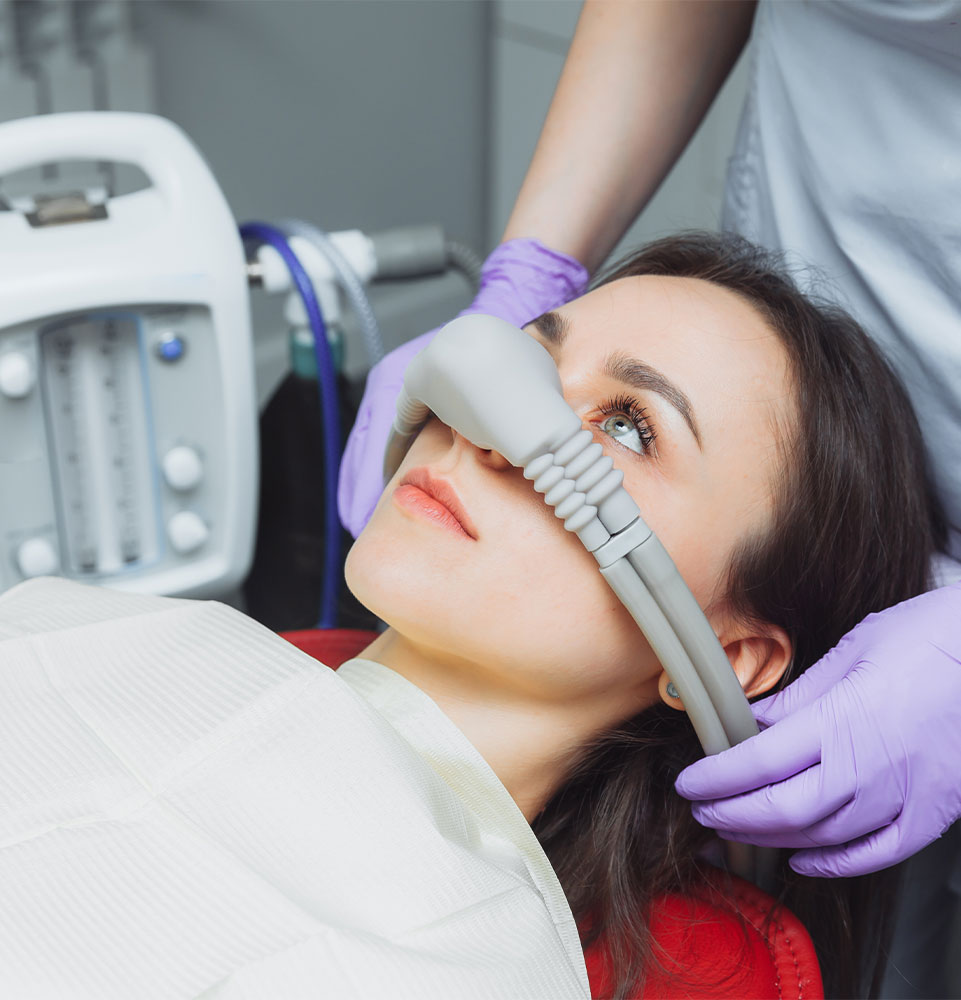
Make Yourself Completely Comfortable With The Dental Arts
It can be pretty nerve-wracking to visit your dentist for an oral check-up or procedure. The idea of needles, dental procedures, or even the dentist alone can bring up feelings of fear and anxiety, leading you to put off dental visits. However, this can lead to an increased risk for tooth loss, oral cancer, or dental infections. Thankfully, IV sedation is the end-all to dental anxiety.
With our IV sedation dentistry, you can leave your dental anxiety in the doorway. IV sedation helps you to calm down and feel at peace, removing any fears you may have. Along with the compassionate care of Dr. Michaelsen and his entire staff, our sedation options will help you relax while receiving the most comfortable dental care.
If you’re afraid to go to the dentist, fear no more. The dental technicians at Dental Arts are here to make you completely comfortable. Call today or schedule an appointment online to get started. Or, continue reading to learn more about IV sedation dentistry, its benefits, and why it may be the right choice for you.
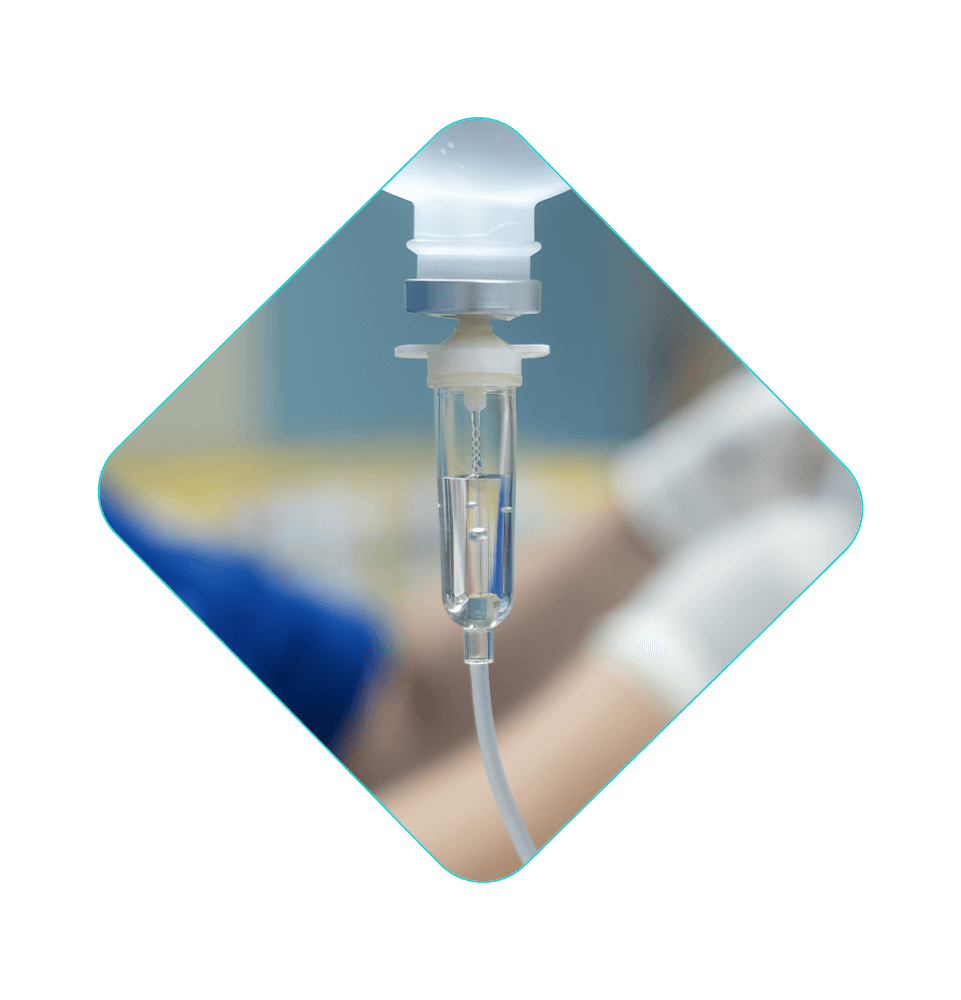
What Is IV Sedation Dentistry?
IV sedation dentistry, also known as sleep dentistry, is a type of conscious sedation that helps you to relax and feel comfortable during your dental appointment. IV sedation doesn’t put you to sleep completely, but it does reduce how aware you are of your surroundings.
This makes it easier for the dentist to work on your mouth but also leaves you conscious enough to respond to questions or follow directions. Unlike other forms of sedation such as nitrous oxide or pills, the dentist administers the sedation intravenously (IV), meaning it enters through your vein.
Levels of Sedation
There are varying levels of sedation that you may experience. This depends on a variety of factors. The type of procedure and how your body responds to anesthesia, as well as age, medical condition, and health habits may all affect the type of anesthesia you receive.
The levels of sedation are:
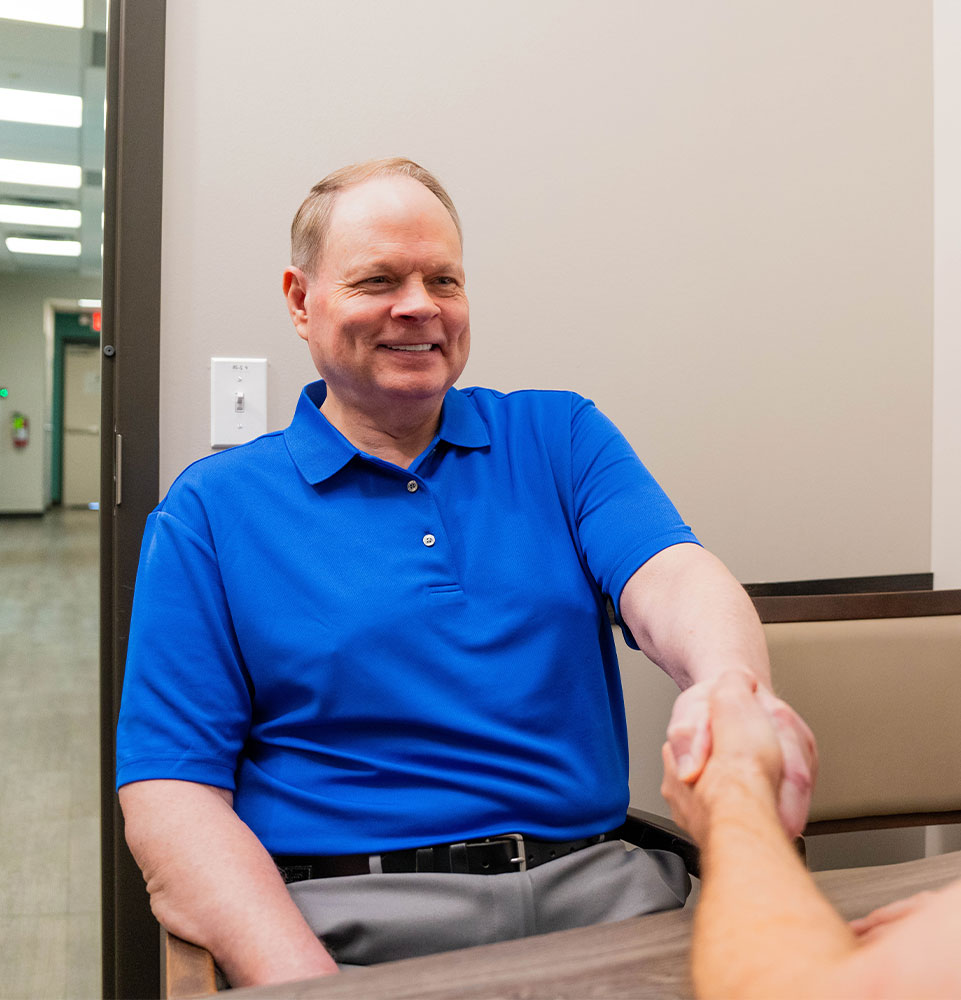
Before the Procedure
Before your appointment, it’s strongly recommended that you:
- Wear loose, non-restrictive clothing
- Avoid eating or drinking anything 8 hours before the procedure
- Don’t smoke for at least 12 hours before the procedure
- Don’t wear contact lenses
- Don’t take any medications unless cleared by your dentist
- Inform your dentist of any changes in your medical history
These steps ensure that the procedure goes smoothly and reduce any risk of complications.

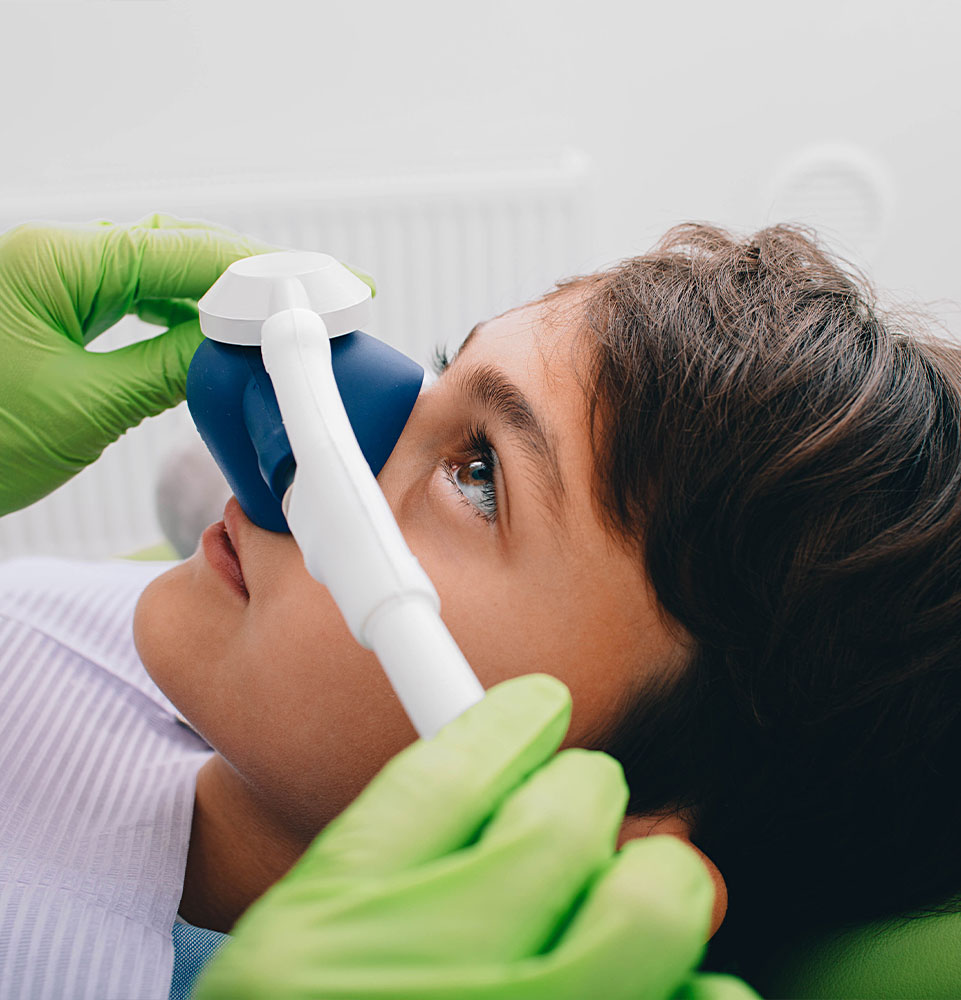
Initial Sedation and Adjustments
Your dentist will begin the procedure by placing you under sedation. First, the dentist will use a thin needle to place an IV in your arm or hand. The needle is used to deliver the sedative directly into your bloodstream using an intravenous tube. The dentist will then administer the local anesthetic via the IV into your bloodstream.
After a few moments, the medications will put you into a relaxed, semi-conscious state. Depending on the patient, the IV may stay for the duration of the procedure, or be removed once the drug is administered. In either case, both achieve the same level of sedation. Once under sedation, your dentist will monitor your physical signs to determine your sedation level. Your dentist may need to increase or decrease the level of sedation during the procedure. Your dentist will then adjust your sedation accordingly.
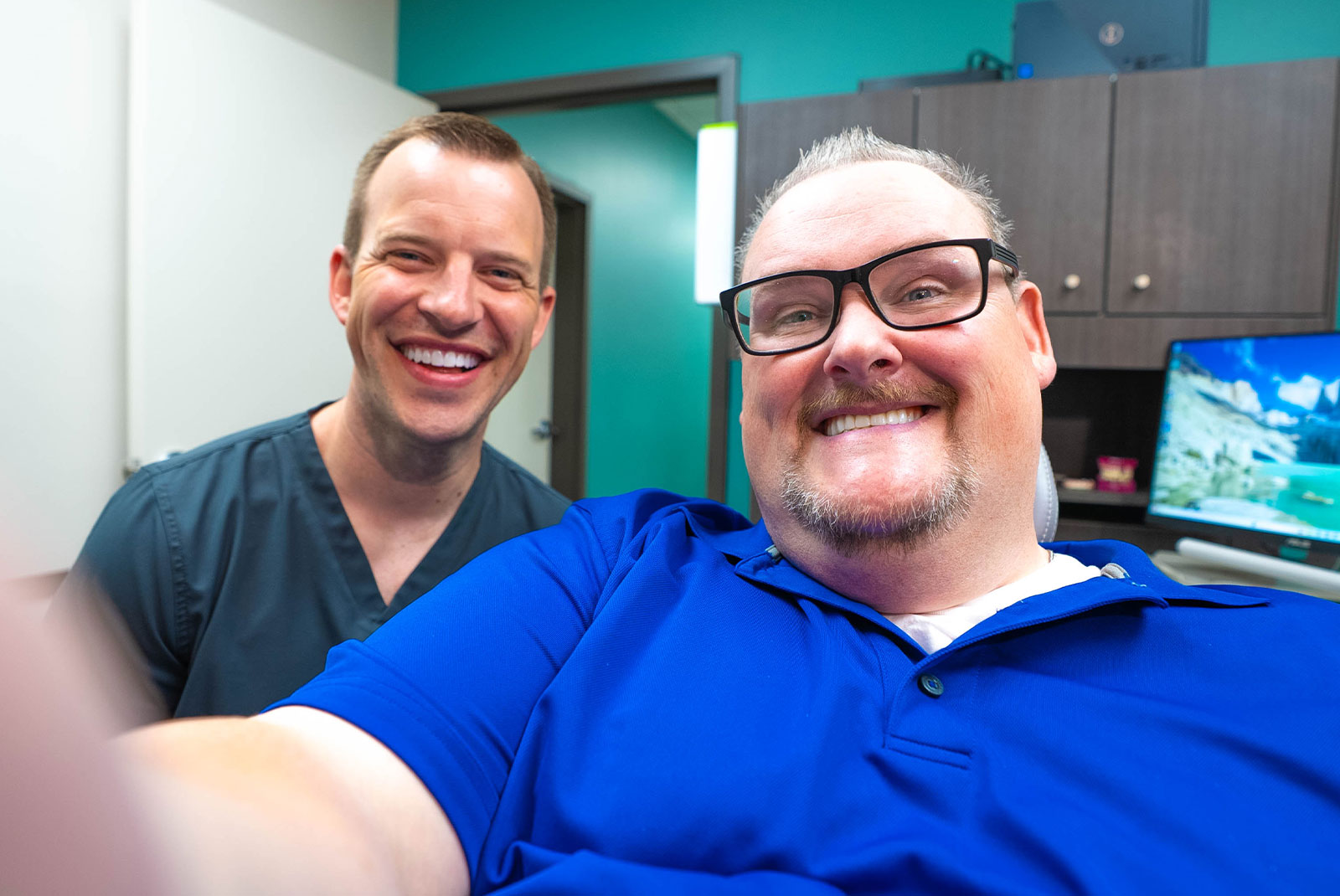
After The Procedure
After the procedure is over, your dentist will gently wake you from your sedative state. You may suffer from a hazy memory following the procedure – it’s possible that you will remember responding to your dentists’ commands at one point, but your memories will be scarce. It’s also not uncommon to feel very drowsy from the anesthesia, which will last a while after the procedure.
Because of this, it’s recommended that you have someone escort you home. They should also monitor you until they know that you are fully conscious and aware. During this time you should avoid drinking alcohol, exercising, or making important decisions for 24 hours following the procedure. It’s also recommended that you avoid eating food until any numbness has fully worn off. If your mouth is still numb while eating, you are at risk for biting injuries, which may lead to an infection. Once the numbness has worn off, you can eat foods as tolerated. You should also avoid operating or driving heavy machinery for 24 hours following the procedure. This gives the sedation enough time to work its way out of your system fully.
The Benefits of IV Sedation
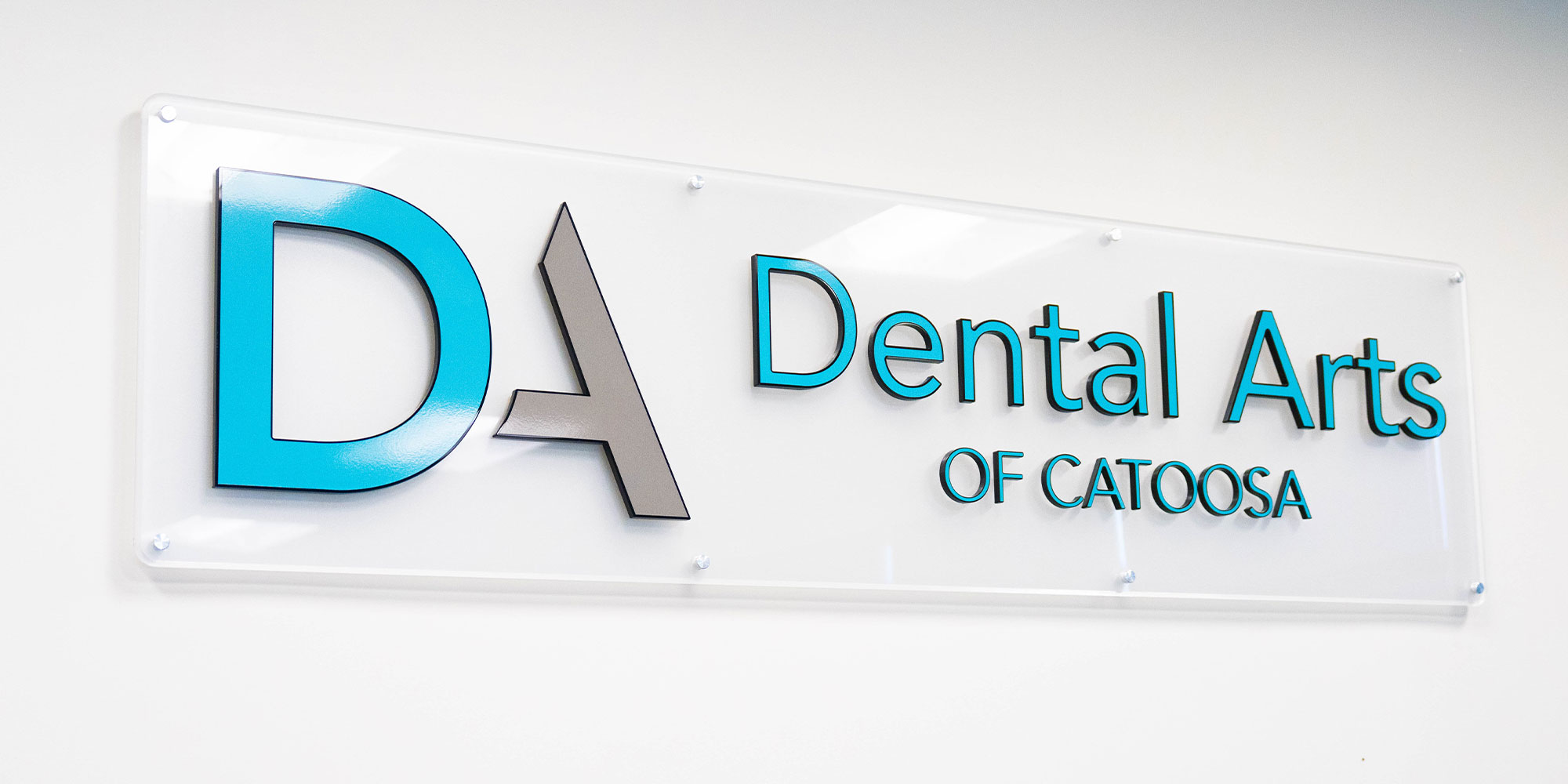
Why choose Dental Arts?
At Dental Arts, caring for patients not only means ensuring they obtain the dental treatments they need—it also means creating a completely comfortable atmosphere. We offer our patients amenities such as warm blankets and water to help them relax and feel safe.
More, we offer up to 25% off on our in-office dental plan and are available for evening and weekend appointments. All of this makes it simple and easy for our patients to maintain peak dental health.
